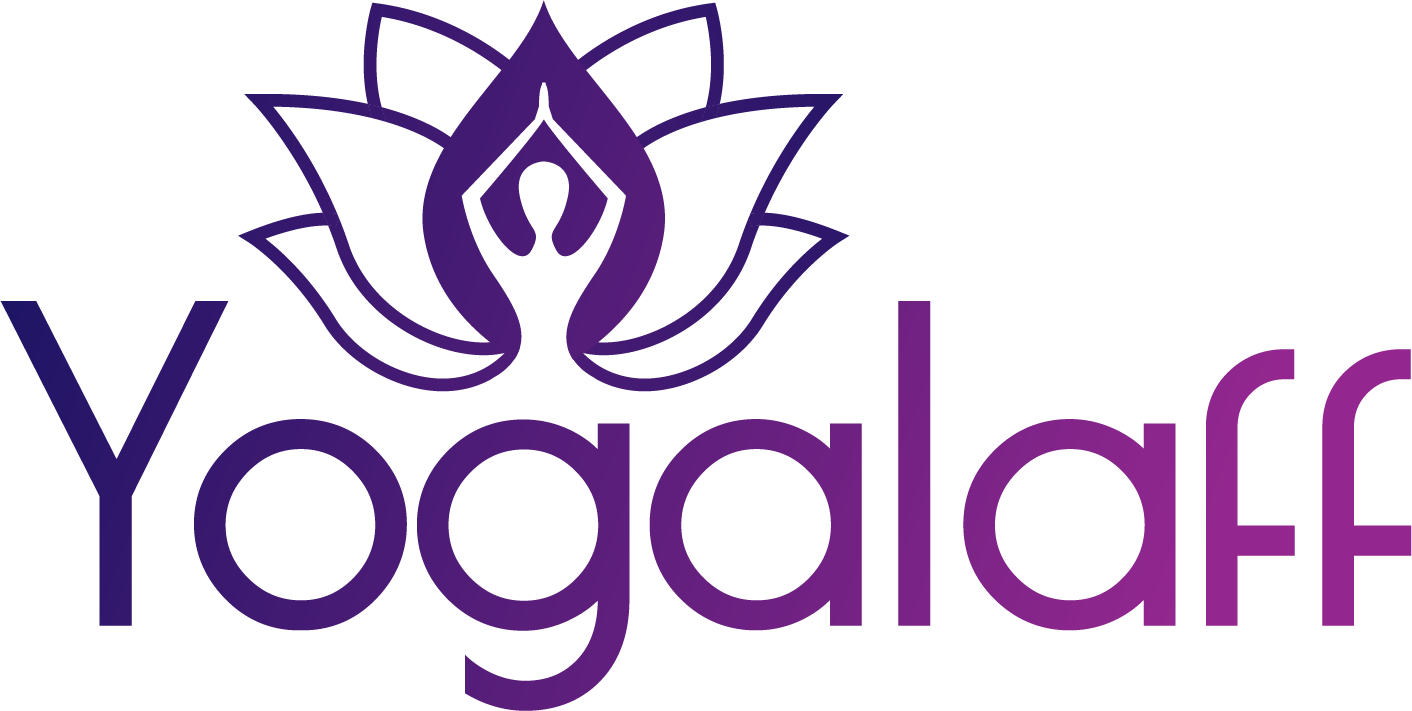Benefits | Technique #1 | Technique #2 | Technique #3 | Tips
Deep relaxation meditation sounds absolutely wonderful?
We all need space to relax.
Ideally on a daily basis.
Stress, which has been linked to a range of health issues (including heart disease and dementia), is fast being acknowledged as one of modern society’s most pressing problems.
A high-level of stress is now seen as a risk factor with the same potency as a poor diet, hypertension and a lack of exercise.
The power of deep relaxation meditation resides in its ability to alleviate the negative consequences of stress.
Coincidentally the kind of deep relaxation that we need doesn’t equate to settling onto the sofa with a glass of red wine (not that there’s anything wrong with that).
This guide uses modified versions of a technique called “progressive muscle relaxation” in order to monitor and control the muscle tension naturally occurring in your body.
Progressive muscle relaxation was pioneered by Dr. Edmund Jacobson and involves deliberately tensing and then relaxing each muscle group successively.
Try one of the techniques outlined here and feel the benefits of deep relaxation meditation for yourself.
Benefits of Deep Relaxation Meditation
- Powerfully engages a host of healing physiological changes in your body, collectively referred to as the “Relaxation Response.”
- In the long-term, regular relaxation practice can increase immunity, lower inflammation, and blood pressure and lead to improvements in an array of cognitive functions.
- Provides an effective way of relieving stress after a difficult day.
- Progressive muscle relaxation provides direct relief for anxiety. It relaxes the muscular tension caused by anxiety that persistently affects areas of the body.
Technique #1 (Body Scan)
The “body-scan” is a very popular practice, most likely due to its simplicity. It is, in my experience, one of the best methods of releasing bodily stress. Follow the simple instructions below to begin.
You can easily remember this meditation and use it whenever you need to. This is also one of my favorite meditations for beginners.
- Beginning by focusing on your feet,
- Let them loosen and relax.
- Focusing on your shins and ankles,
- Let them loosen and relax.
- Focusing on your thighs,
- Let them loosen and relax.
- Focusing on your buttocks,
- Let them loosen and relax.
- Focusing on your belly,
- Let it loosen and relax.
- Focusing on your chest and shoulders,
- Let the, loosen and relax.
- Focusing on your arms,
- Let them loosen and relax.
- Focusing on your hands,
- Let them loosen and relax.
- Focusing on your neck,
- Let it loosen and relax.
- Focusing on your face, your eyelids, cheeks, mouth, forehead…
- Let it loosen and relax.
Technique #2 (Body Scan with Tensing)
- Begin by taking a handful of very deep and calming breaths. As you inhale feel your whole body fill with warmth. As you exhale, release any tension and worry.
- As you inhale, gently clench your right fist.
- As you exhale, loosen it completely.
- Inhaling, tense your whole right arm; exhaling, relax.
- Inhaling, tense your left fist; exhaling, relax.
- Inhaling, tense your whole left arm; exhaling, relax.
- Inhaling, tense both your left and right arms together; exhaling, relax completely.
- Inhaling, tense your right foot; exhaling, let it relax.
- Inhaling, tense your whole right leg; exhaling, relax.
- Inhaling, tense your left foot; exhaling, relax.
- Inhaling, tense your whole left leg; exhaling, relax.
- Inhaling, tense both your right and left legs; exhaling, relax completely.
- Finally tense both your arms and legs together; exhaling, loosen completely.
- Take a few moments to feel the deep relaxation in your muscles.
Technique #3 (Body Awareness)
The Buddhist teacher B. Alan Wallace recommends “full-body awareness” meditation as an optimal tension-releasing practice. He makes the point that attempting to focus just on a specific point early on can lead to more seizing-up, especially for us hyper-focused, goal-orientated westerners.2
In this meditation, just guide your awareness into your body and let it rest there. There are no constraints placed on the attention so you may experience the body in its completeness or drift between different sensations.
Here are a few guidelines:
- Take three deep, calming breaths.
- With each inhalation, feel your whole body filling with warmth. Let each exhalation be a “letting go” of any bodily tensions. Rest in each breath.
- After you have relaxed a little, let your attention loosely rest on the bodily sensations of your breathing. You may wish to gently follow each breath from the tip of your nostrils down into your belly, in and out, or become aware of the points in your body where the physical feelings naturally manifest.
- Whenever you become distracted, simply return to your breathing.
Deep Relaxation Meditation Tips
- Although suitable for any time, deep relaxation meditations are usually best done after work. They can be a means of “letting go” of the accrued stresses and strains of the day. Equally, you needn’t worry about any time constraints.
- In technique #3, if you find that need a specific point to focus on, simply rest your awareness on your belly or the tip of your nostrils, whichever you find most calming.
- Always combat mental agitation by relaxing more deeply, not by trying to focus harder.
Some Picks from Youtube & Around the Web
Here’s a selection of some of my favorite guided deep relaxation meditation videos. There are also some links to good guided meditations on other websites.
References, Footnotes, and Sources
1. Relax Your Way to Perfect Health
2. Meditation Seminar by B. Alan Wallace on 6 Dec 2008

